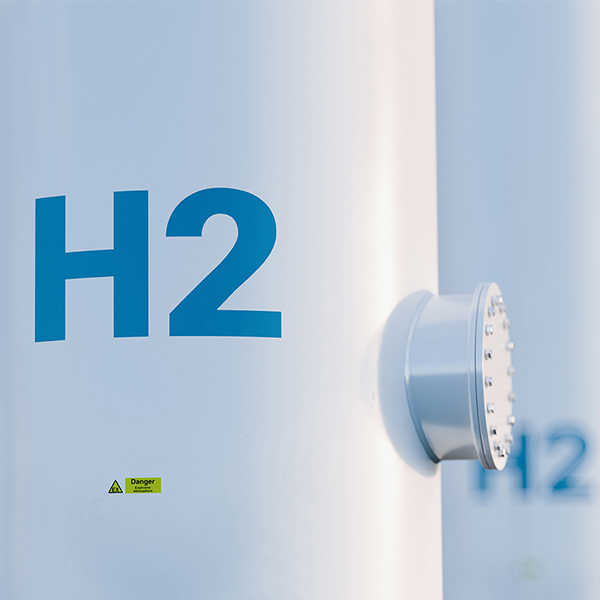Market Platform Replacement to Spill over into 2025
ORLANDO, Fla. — MISO Chief Digital Officer Todd Ramey brought “good news and bad news” to Board Week about the ongoing effort to replace the RTO’s market platform.
Ramey said during a Dec. 6 Technology Committee meeting that while MISO can speed up the delivery of two real-time market applications, the overall work will likely stretch into 2025. Staff previously had ambitions to wrap up the project by the end of 2024, though it frequently cautioned that the timeline could run longer.
MISO will push approving factory acceptance testing and a vendor’s delivery of the day-ahead market-clearing engine into January, Ramey said. He said while staff could likely meet the original end-of-the-year target with long nights, overworking employees wasn’t the answer.
However, the grid operator will meet a Dec. 31 deadline to finish testing and begin parallel operations of its new energy management system. Staff will use the EMS to monitor and analyze the bulk electric system and fulfill MISO’s responsibilities to NERC as a reliability coordinator and balancing authority.
The RTO will launch its new day-ahead market next year and continue migrating data to its one-stop model manager.
MISO has said its “vision to retain one system of record for all models” requires members to review and reconcile discrepancies between data in the new model management system and its existing modeling outlets. It said it has been reaching out to members with discrepancies.
 MISO Board Week was held at the Ritz-Carlton’s Orlando Grande Lakes | © RTO Insider LLC
MISO Board Week was held at the Ritz-Carlton’s Orlando Grande Lakes | © RTO Insider LLC
The RTO previously said it has some differences in data between lower voltage transmission representation, generation representations with a common connection point, common load representation, and accurate ownership designation of individual equipment.
Ramey said MISO should be able to quickly introduce a reliability assessment commitment tool and a future-looking commitment tool in 2023 and 2024, respectively.
Director Theresa Wise said the developments were “exciting progress.”
MISO will have to hike the project’s budget because of inflationary pressures and the nation’s tight labor market. The grid operator began the market platform project with a $130 million budget and a $30 million contingency; Ramey said it appears staff will use half of the contingency to finish the project.
Wise said the budget increase is “not a source of angst” because budget overruns are commonly impacting industries today.
The Technology Committee covered preventative cybersecurity and disaster recovery in a closed session.
Members Change Advisory Committee’s Leadership
Indiana Utility Regulatory Commissioner Sarah Freeman will chair the Advisory Committee when Manitoba Hydro’s Audrey Penner steps down at the end of the year.
Penner has served as the AC’s chair since 2015. MISO’s stakeholder relations group announced the transition during a committee meeting Wednesday.
Freeman said during a September Organization of MISO States’ meeting that she is interested in “growing the relationship between stakeholder sectors and the MISO Board of Directors.”
For two years, some stakeholders have pressed for less stage-managed interaction and more organic access to the board. (See MISO Members Request More Access to Directors.)
Michigan Public Service Commission Chair Dan Scripps said it makes sense for a member of MISO’s state regulatory sector to lead the AC in balancing “competing interests for the public benefit.” He said regulatory staff or Manitoba Hydro, the only coordinating sector member, seem best suited for the job.
MISO Welcomes 2 New Members
The board approved Missouri Joint Municipal Electric Utility Commission (MJMEUC) and Rainbow Energy Center’s membership applications.
The commission, a municipal joint-action energy agency, joins as a transmission owner. Rainbow Energy recently purchased the 1,150-MW Coal Creek Station in North Dakota from Great River Energy. Coal Creek delivers power to the Minneapolis area, and Rainbow is exploring fitting the plant with carbon-capture equipment.
